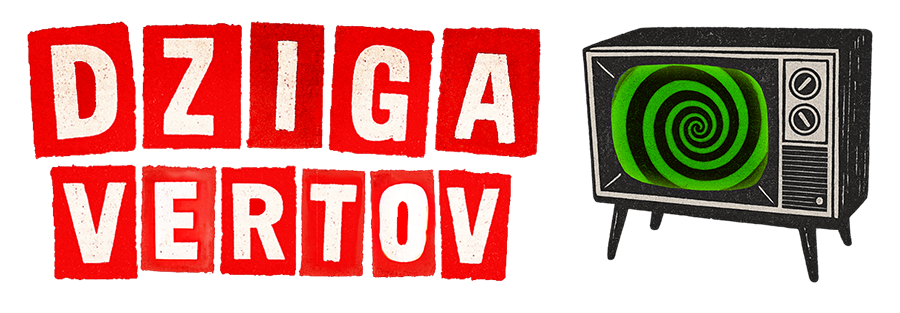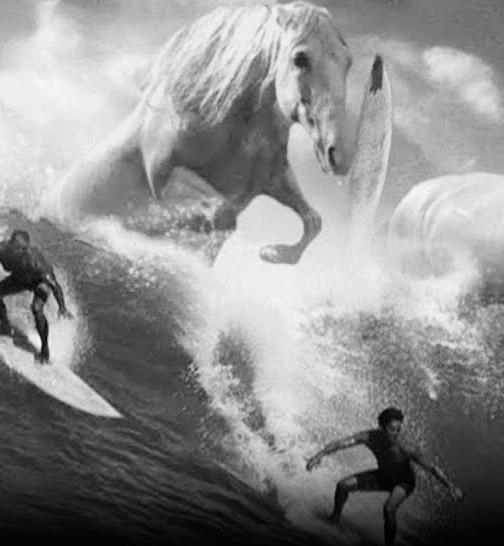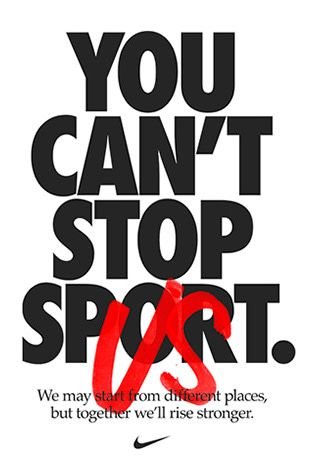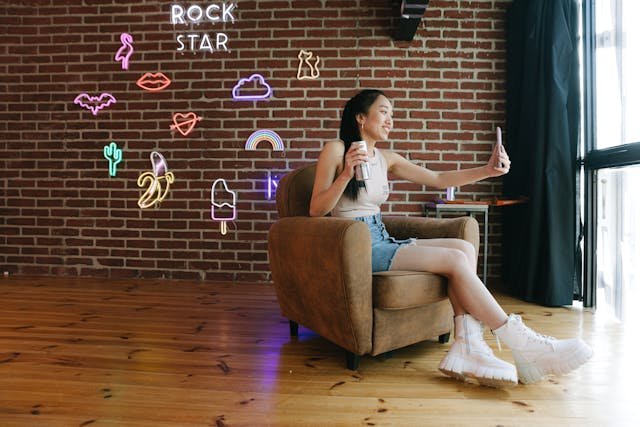Why Storytelling Matters in Advertising
In advertising, there’s a point where a campaign stops looking like an ad and starts feeling like cinema.
The lighting, the pacing, the emotional arc—all crafted not just to sell a product, but to stage a miniature film.
Why does this matter? Because in a distracted, ad-blocked world, narrative breaks through.
Stories make us lean in. They suspend disbelief. They make us care—and caring sells.
Research from Binet & Field shows campaigns that combine emotional storytelling with brand cues drive 2x long-term profit growth.
This is not art for art’s sake. It’s commerce disguised as cinema.
Ads that made us cry, laugh,
or hold our breath—yet sold millions.
Case Study A — Guinness “Surfer” (1999)
Black and white. Waves like monsters. A surfer waiting for the perfect break. Voiceover from Moby Dick.
For 60 seconds, you’re watching an arthouse film. But at the climax—when the wave crashes, and the surfer
wins—the tagline lands:
Why it worked:
- Cinematic ambition: shot like Kurosawa.
- Emotional build: anticipation = product truth.
- Memory structure: the horses in the wave still live in culture.
Good things come to those who wait.
Result: Guinness sales rose +15% in the UK. A masterpiece of turning patience into product value.
Case Study B — John Lewis Christmas Ads (UK, 2007–2020)
Every November, Britain waits not for Santa—but for John Lewis. A lonely penguin. A dragon who can’t control his fire. Elton John remembering his first piano.
Why it worked:
- Consistency: one ad = an event.
- Emotional universality: loneliness, love, family.
- Soundtrack alchemy: cover songs became chart hits.
A retailer became a cultural
producer. The ads weren’t ads.
Results: John Lewis’ Christmas sales grew steadily year after year, with some campaigns driving +20% seasonal revenue.
Case Study C — Nike “You Can’t Stop Us” (2020)
Split-screen edits. A wheelchair basketball player cuts to LeBron dunking. A hijabi runner matches stride with a sprinter.
It wasn’t a spot—it was editing as poetry.
Why it worked:
- Editing rhythm = cinematic montage (Vertov would approve).
- Inclusivity not as checklist, but as choreography.
- Global resonance: launched during COVID-19.
A movement unites us even when
the world is divided.
Results: 50M+ views in 24 hours, record engagement, Nike stock at all-time high.
Case Study 4 — Chanel No. 5 (Baz Luhrmann, 2004)
Nicole Kidman in a pink dress running through Times Square. It’s a 3-minute Baz Luhrmann film—sponsored by perfume.
Why it worked:
- Borrowed glamour: Hollywood director, A-list star.
- Visual excess: operatic color palette.
- Luxury logic: if it feels like cinema, it feels timeless.
The world’s most desirable fragrance.
Result: Chanel reinforced its place at the top of the luxury pyramid. Sales lifted, but more importantly—brand prestige crystallized.
Playbook — How to Turn Ads into Cinema
Not every campaign needs a $5M director. But cinematic principles are scalable:
- Build narrative arcs: beginning, conflict, resolution.
- Use cinematic craft: lighting, pacing, framing.
- Anchor in product truth: the story must sell.
- Soundtrack matters: music is memory glue.
- Distribution = oxygen: cinematic ads need media weight to live.
Applied Example — Apple “Shot on iPhone”
Not one ad, but thousands. Micro-films shot by real users, edited like Cannes shorts.
Why it worked:
- Democratized cinema.
- Every user = filmmaker.
- Every billboard = gallery.
Shot on iPhone.
Result: Apple didn’t just sell cameras. It sold the dream of being a cinematographer.
When to Use Cinematic Storytelling vs. Direct Response
- Cinematic storytelling → brand building, long-term growth, cultural impact.
- Direct response → immediate clicks, sales, conversion.
Smart brands combine both: film for fame, banners for sales.
Modern SEO Angle — Why These Ads Still Rank in Memory
Think of mental availability like search rankings.
- Guinness Surfer = top result for patience.
- John Lewis = top result for Christmas emotion.
- Nike = top result for resilience.
- Chanel = top result for timeless glamour.
In SEO and in memory, stories are what people search for—literally and metaphorically.
AI and the Future of Cinematic Ads
AI tools (Runway, Sora, MidJourney) are democratizing cinematic craft. Tomorrow, a startup with $5K could produce something with the emotional weight of a Super Bowl spot.
The challenge: authenticity. Cinema without heart is just pixels. The brands that win will still anchor AI storytelling in real human truths.
FAQ — People Also Ask
advertising advertising case studies advertising effectiveness advertising history advertising strategy art direction brand consistency brand consistency examples brand consistency problems brand consistency vs flexibility brand design brand identity brand inconsistency examples branding brand name history brand naming strategies brand narrative engines brand salience brand storytelling cinematic advertising commercial design consumer behavior copywriting for brand names copywriting tips creative direction creative strategy creativity in advertising design strategy digital branding archetypes dynamic branding flexible branding hero’s journey importance of brand consistency marketing psychology marketing strategy mental availability modern brand case studies modern brand storytelling naming as copywriting naming in branding narrative branding ugly ads vs beautiful ads performance visual communication what is brand consistency when brand consistency is overrated






